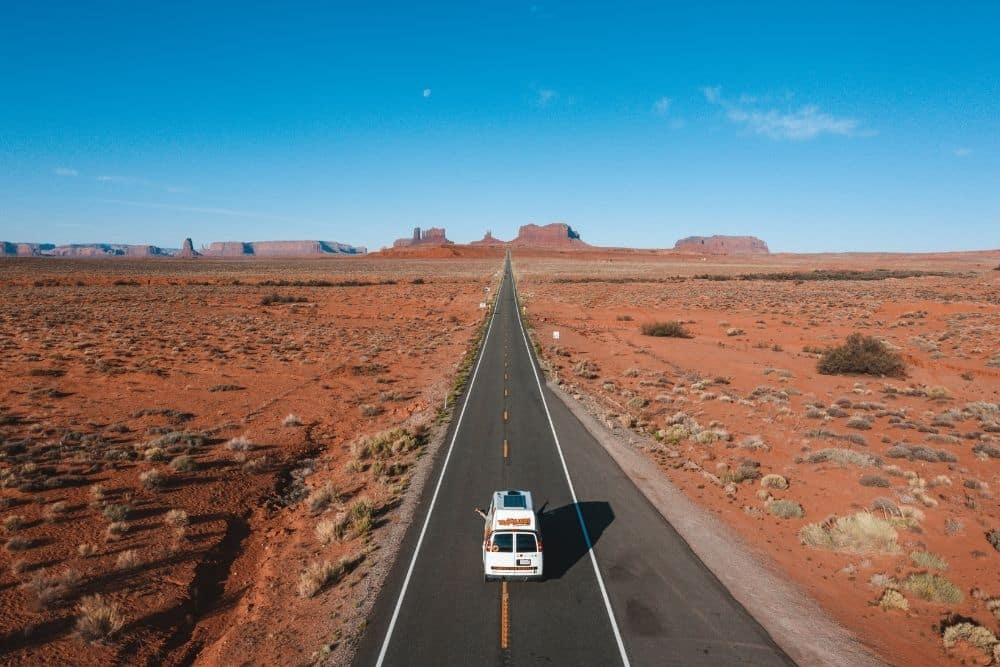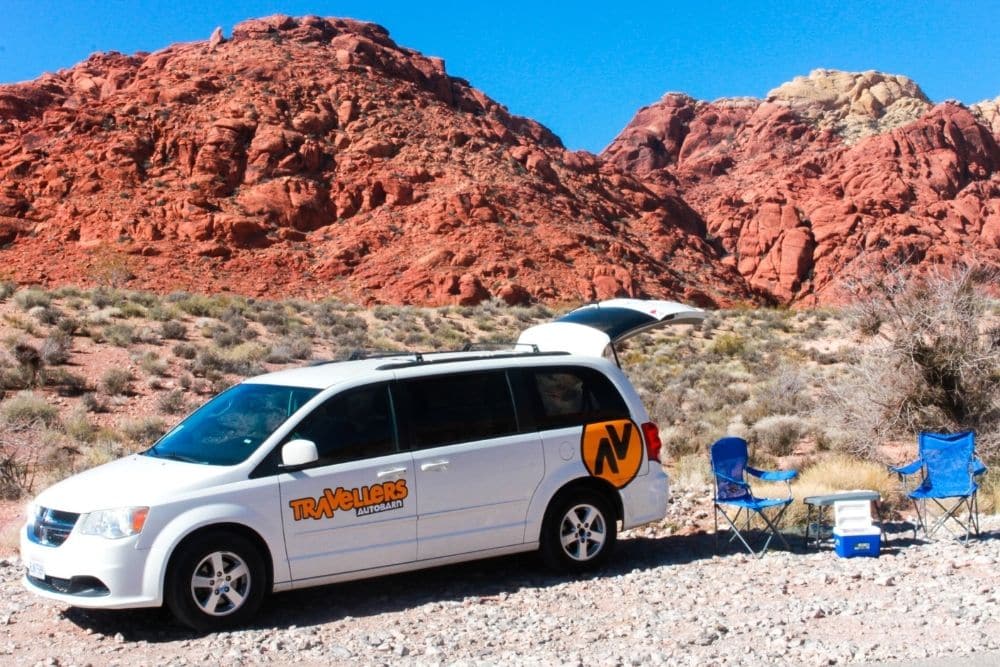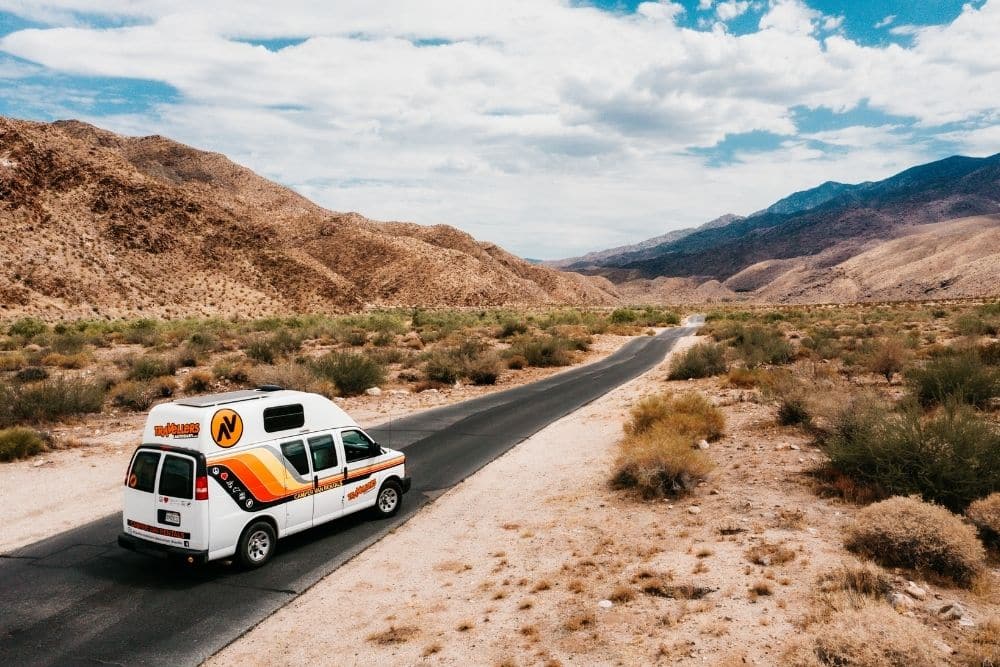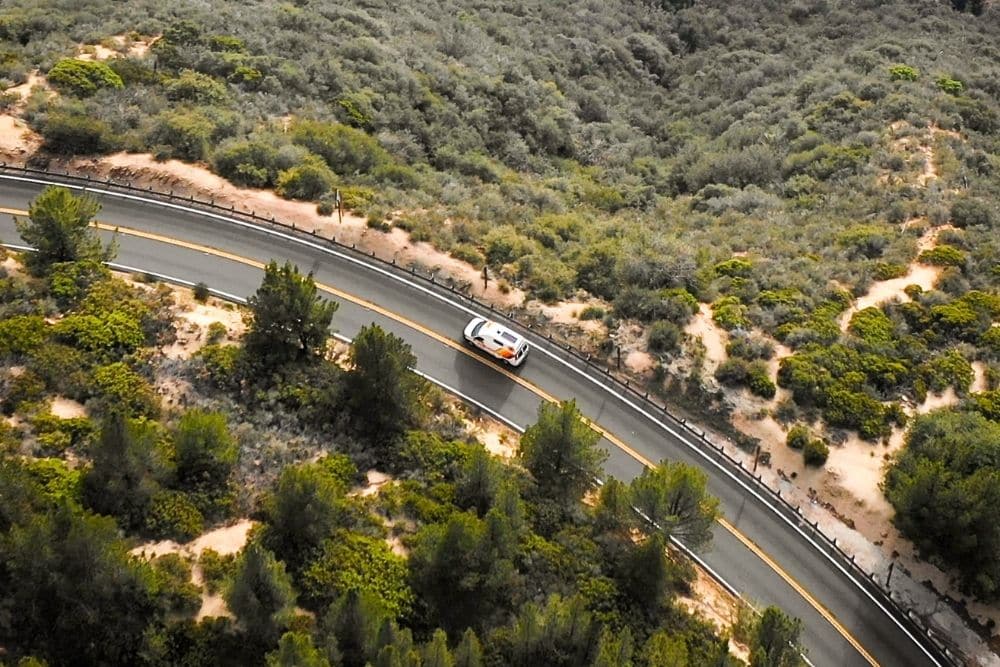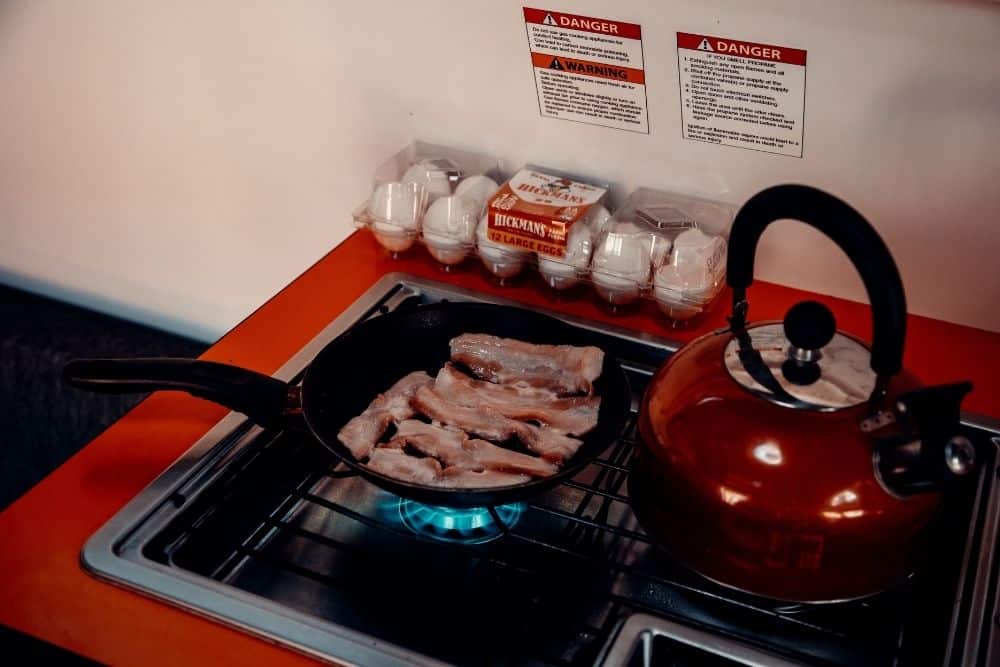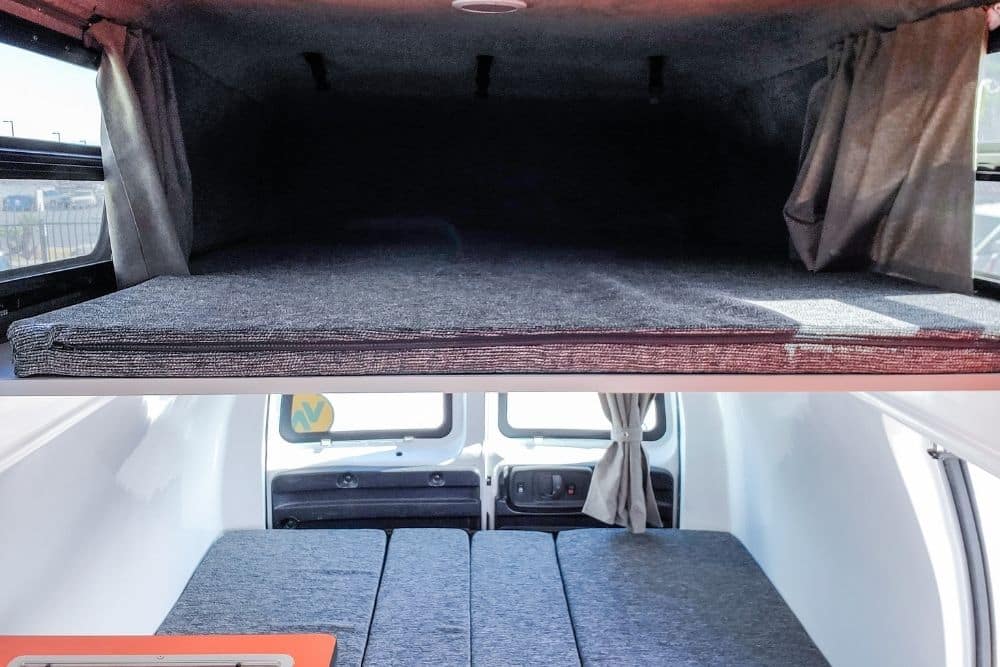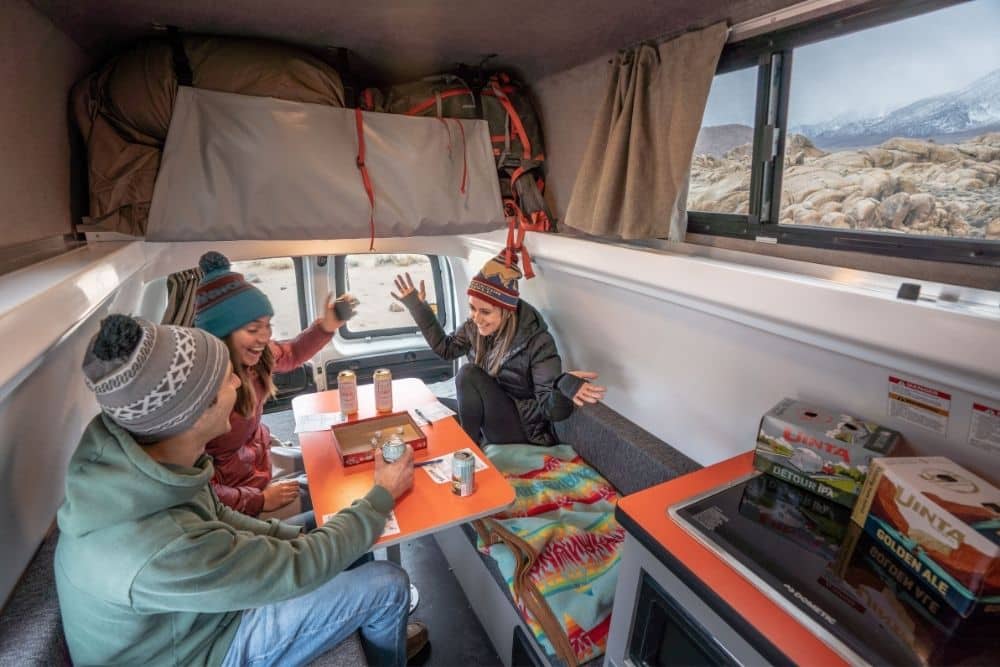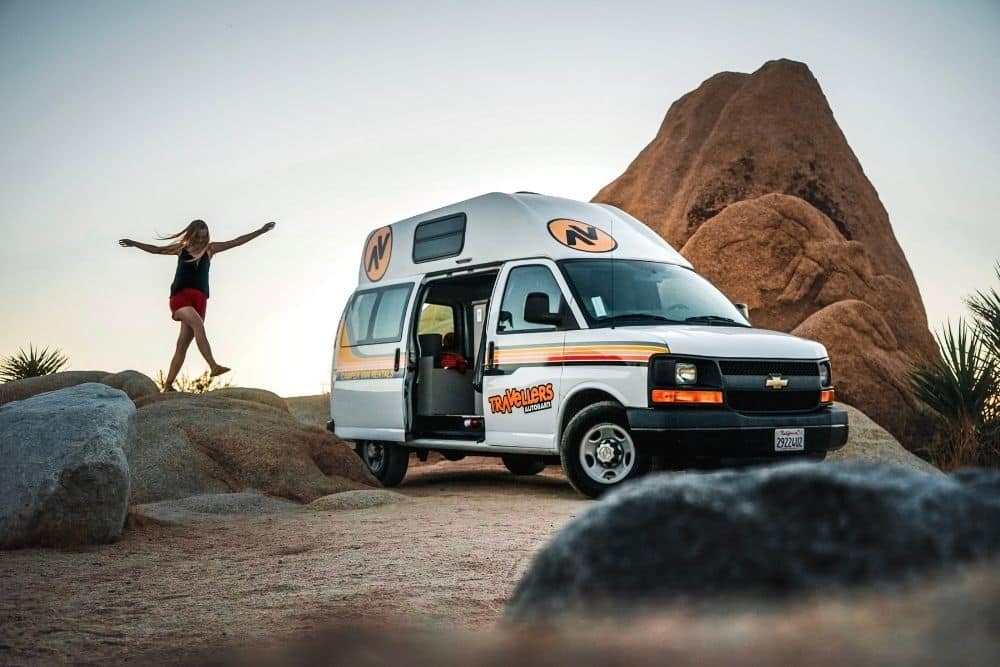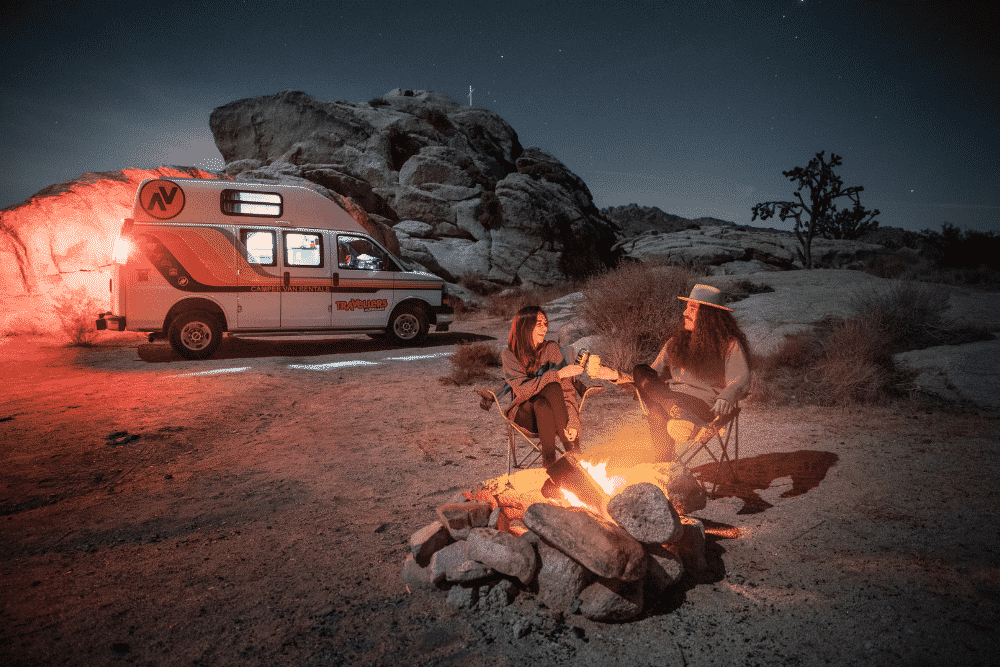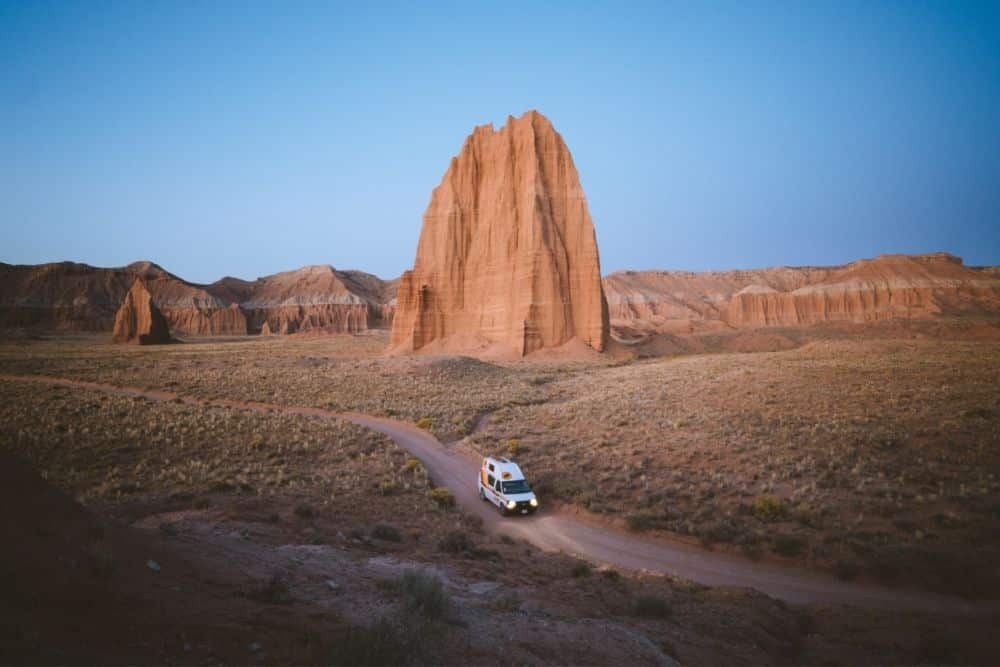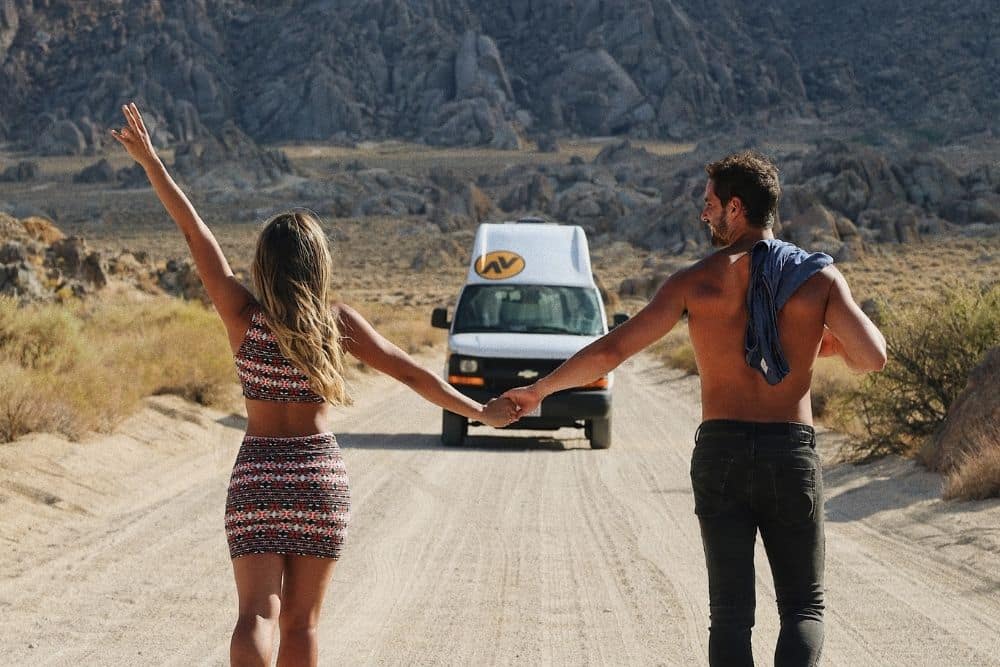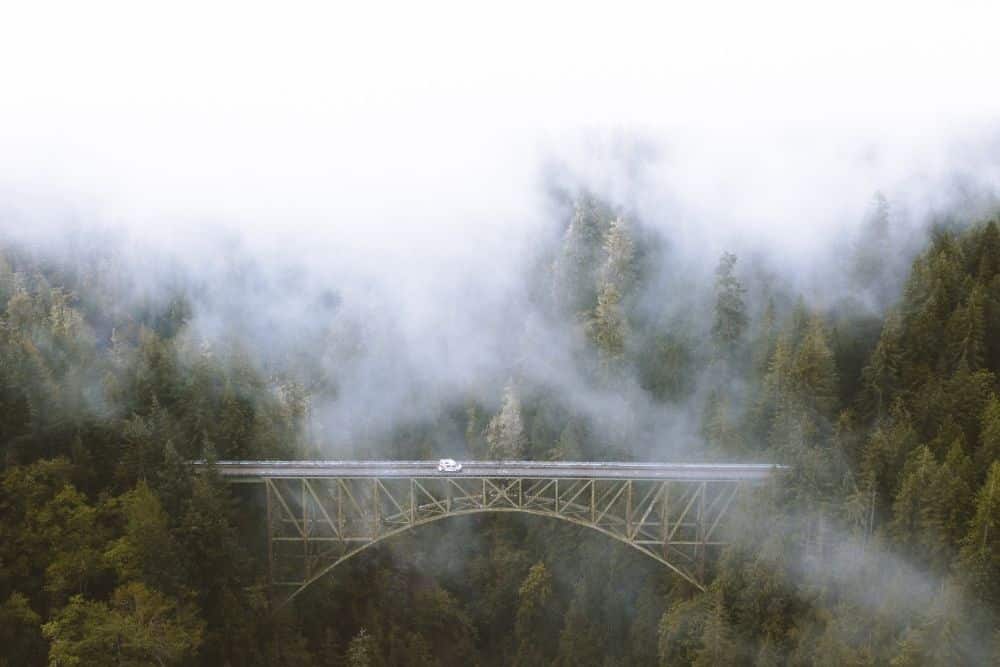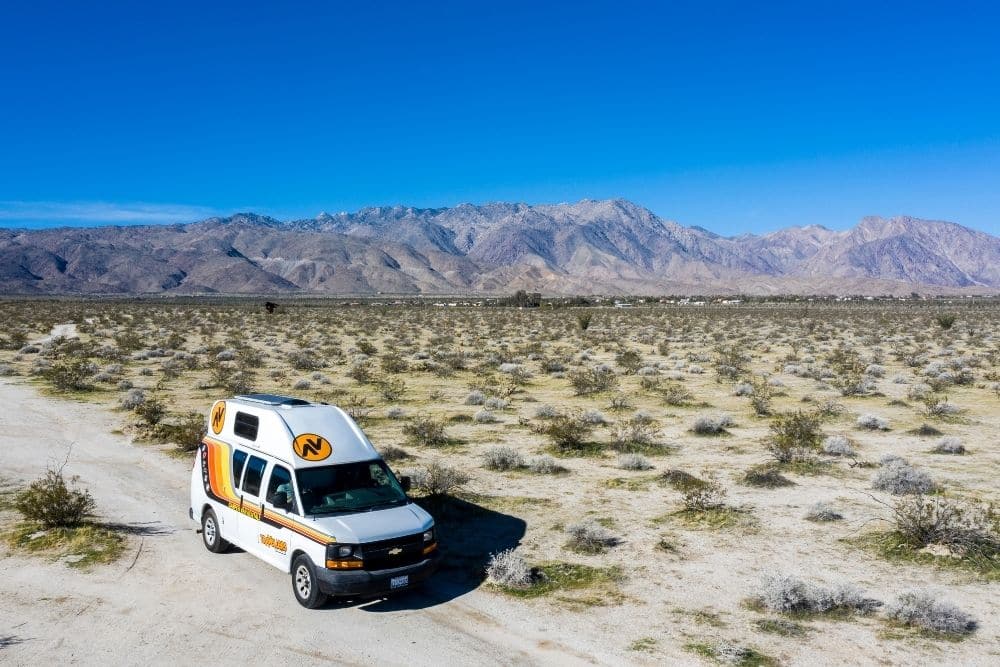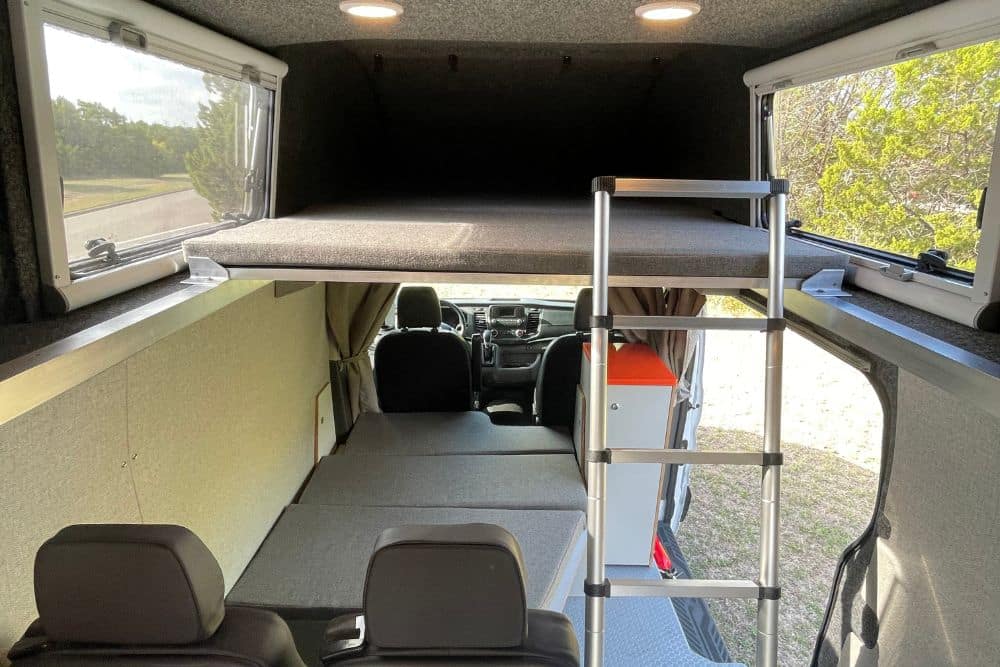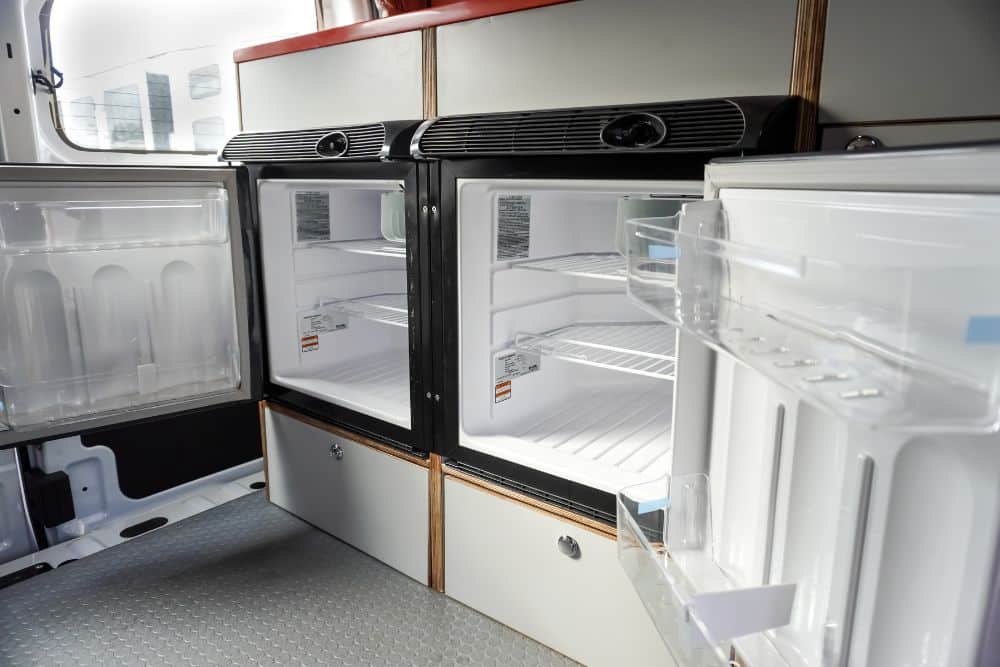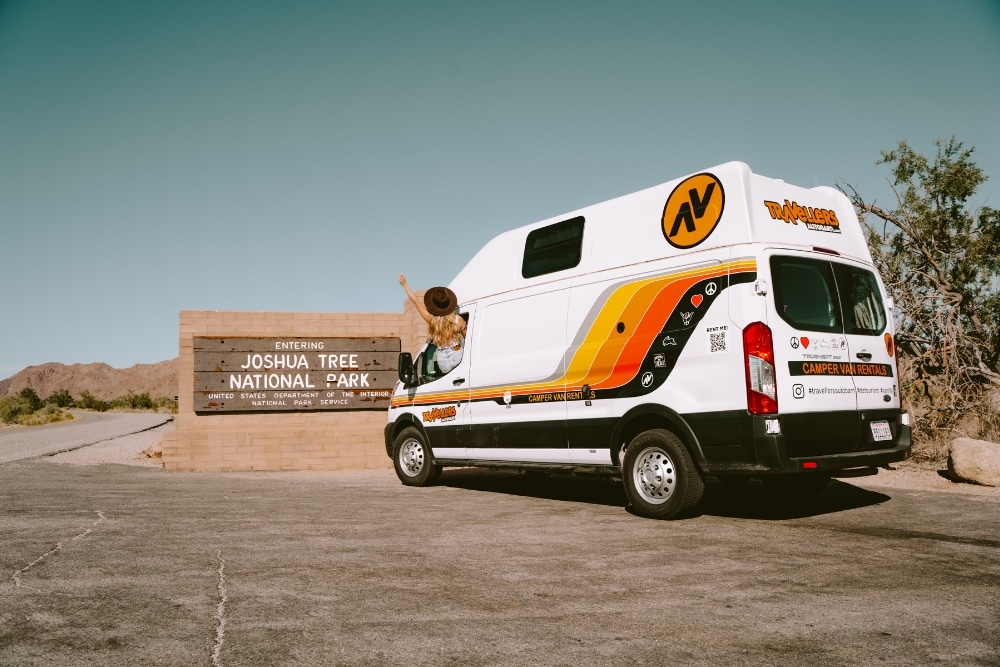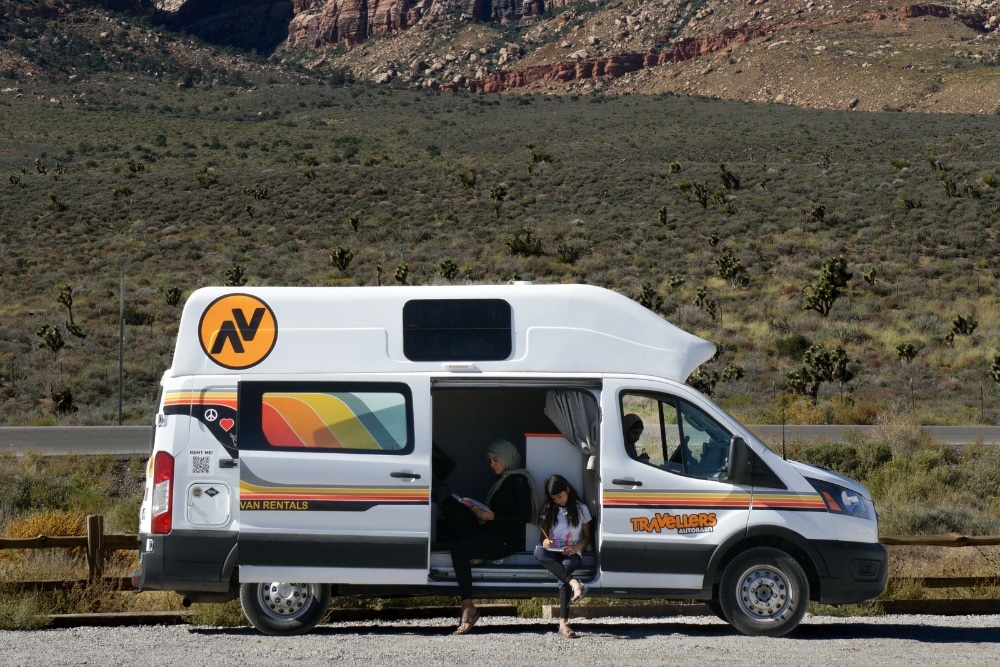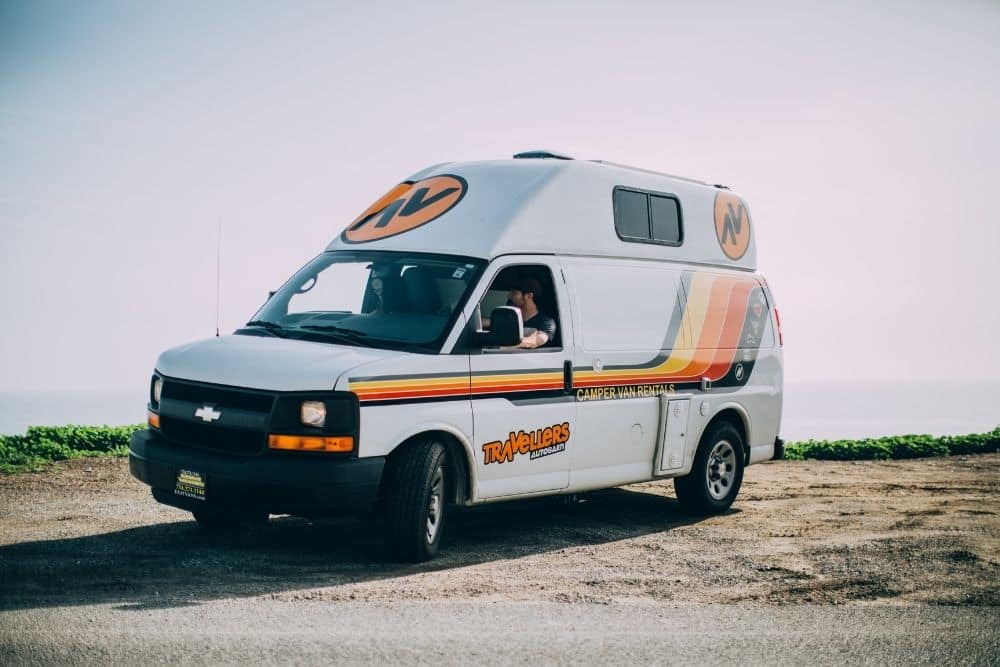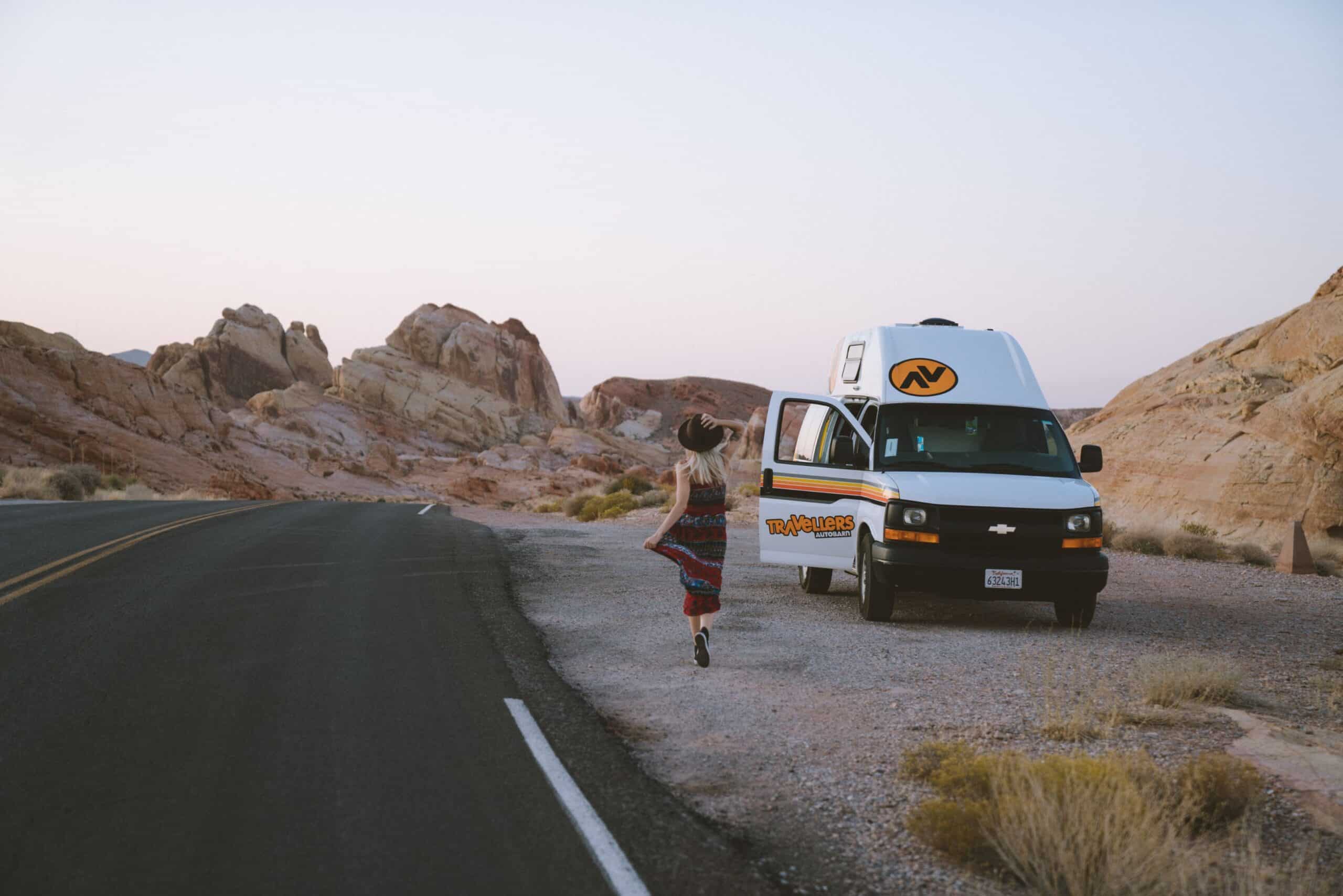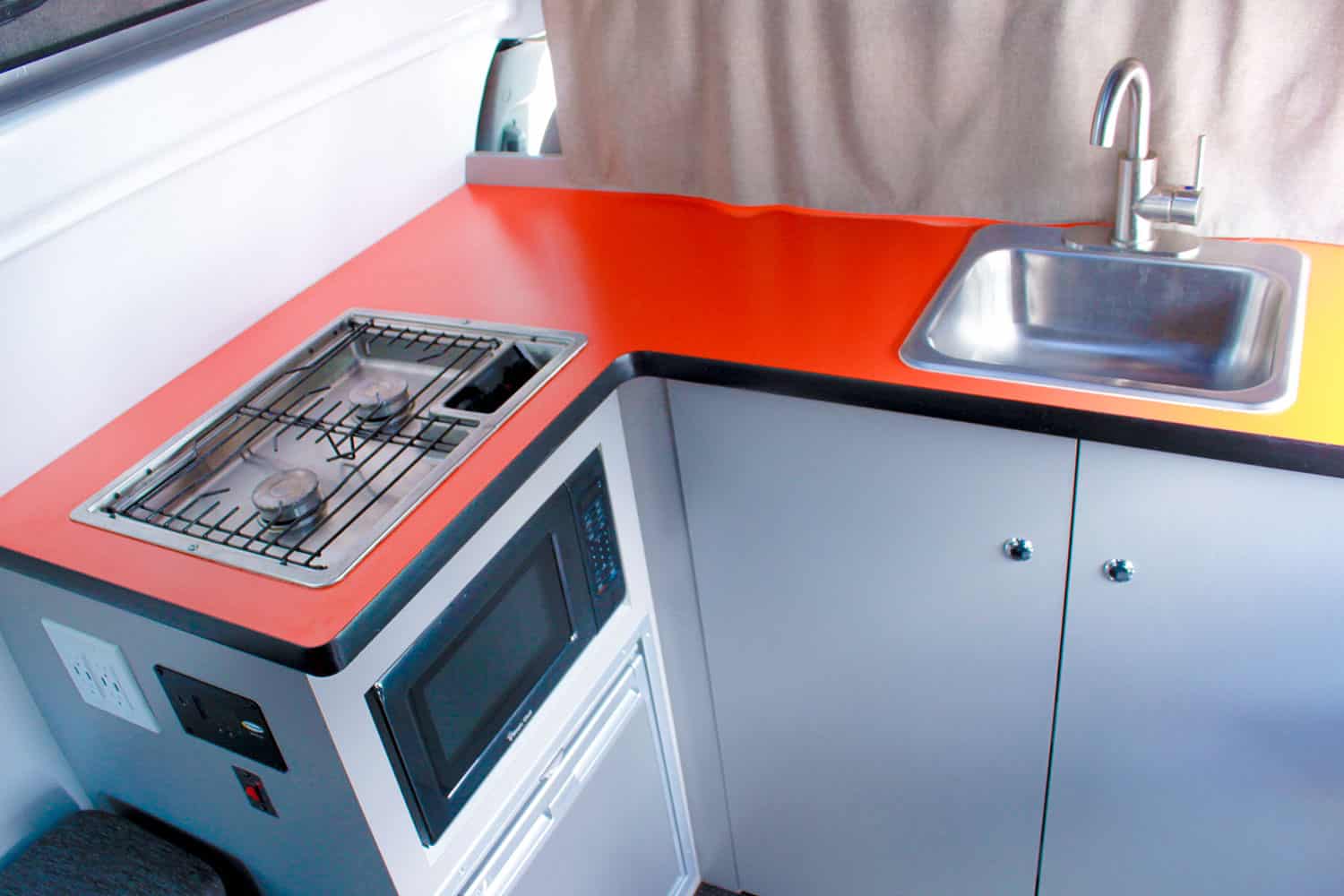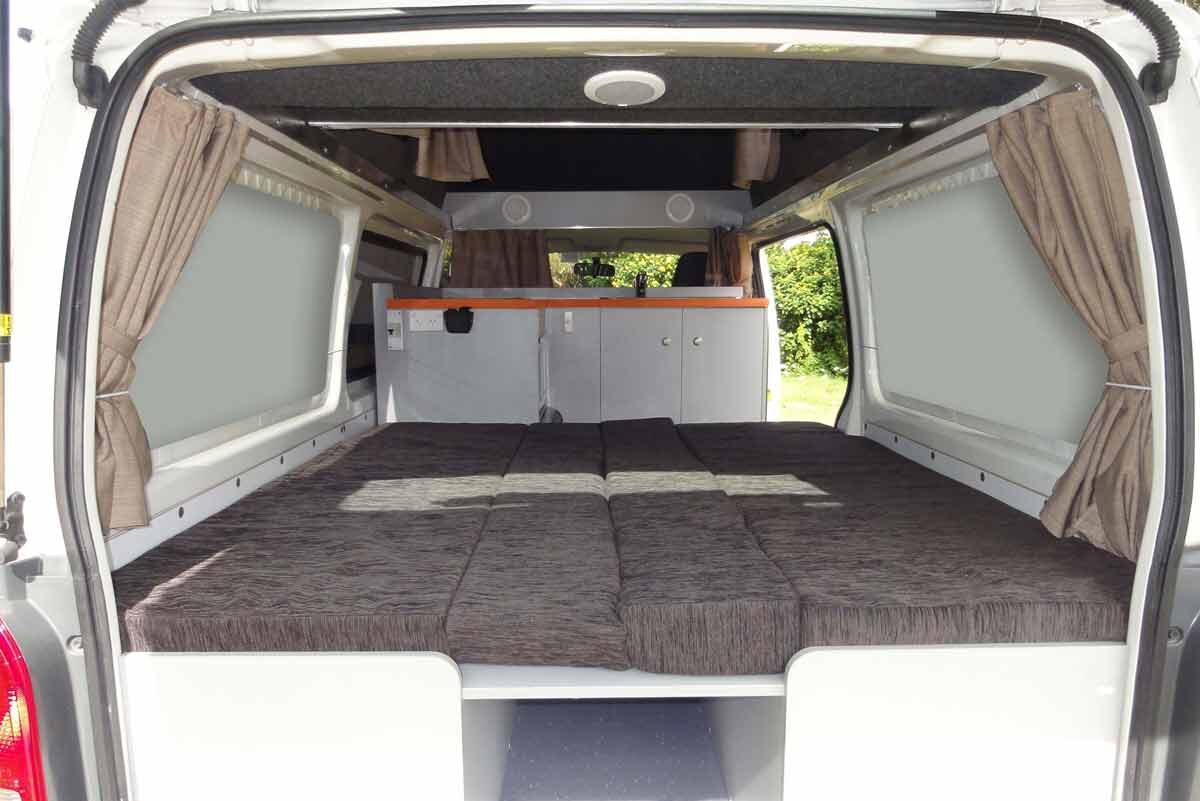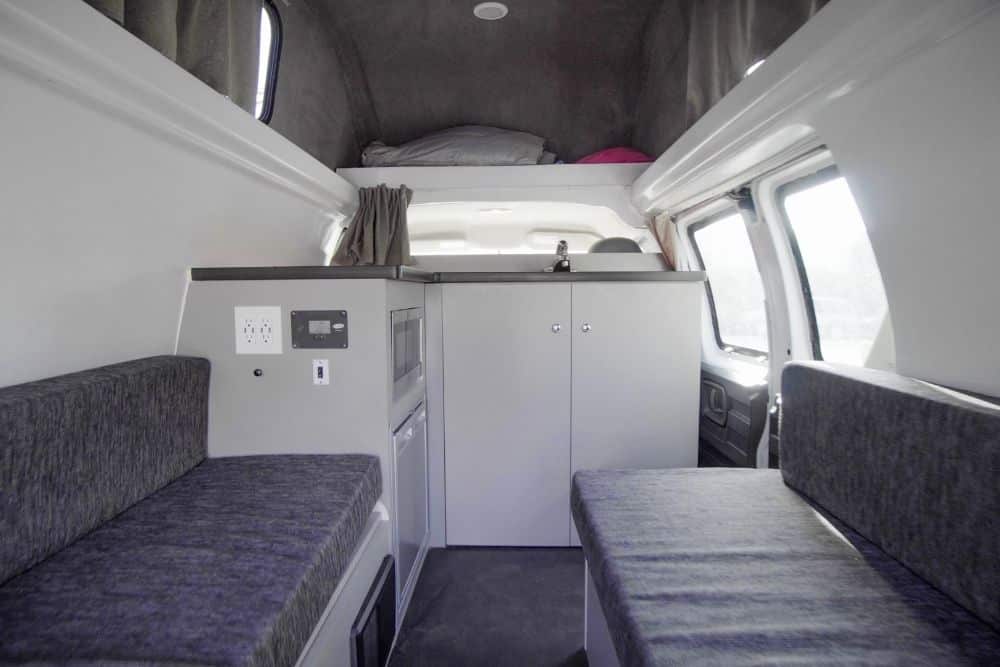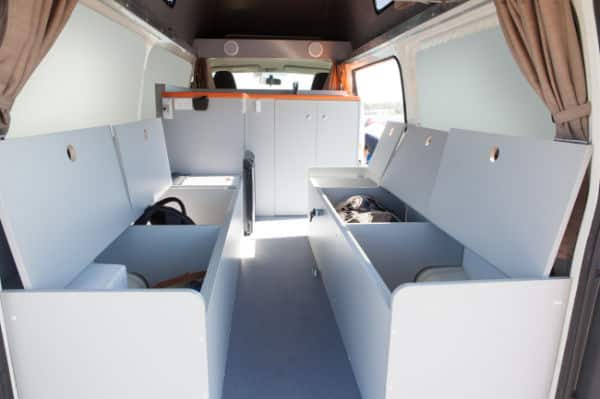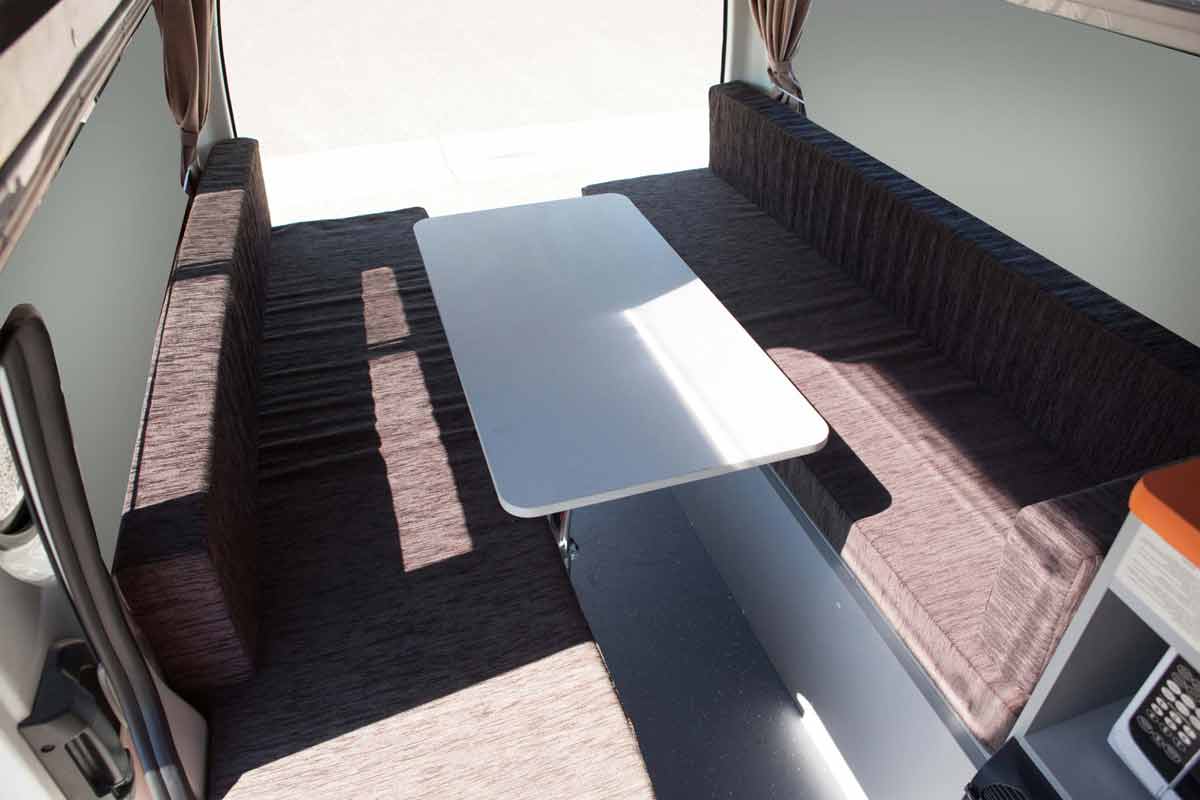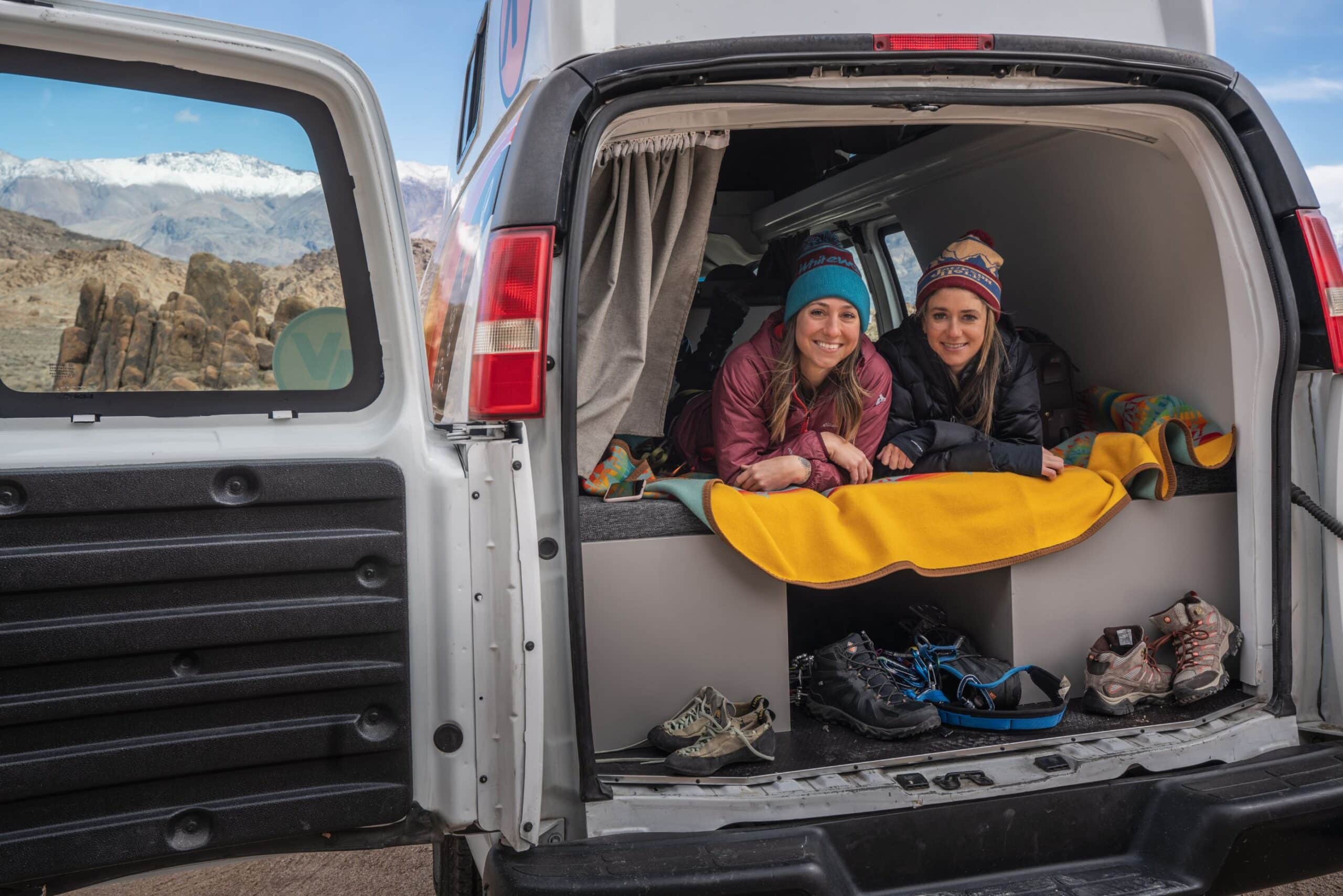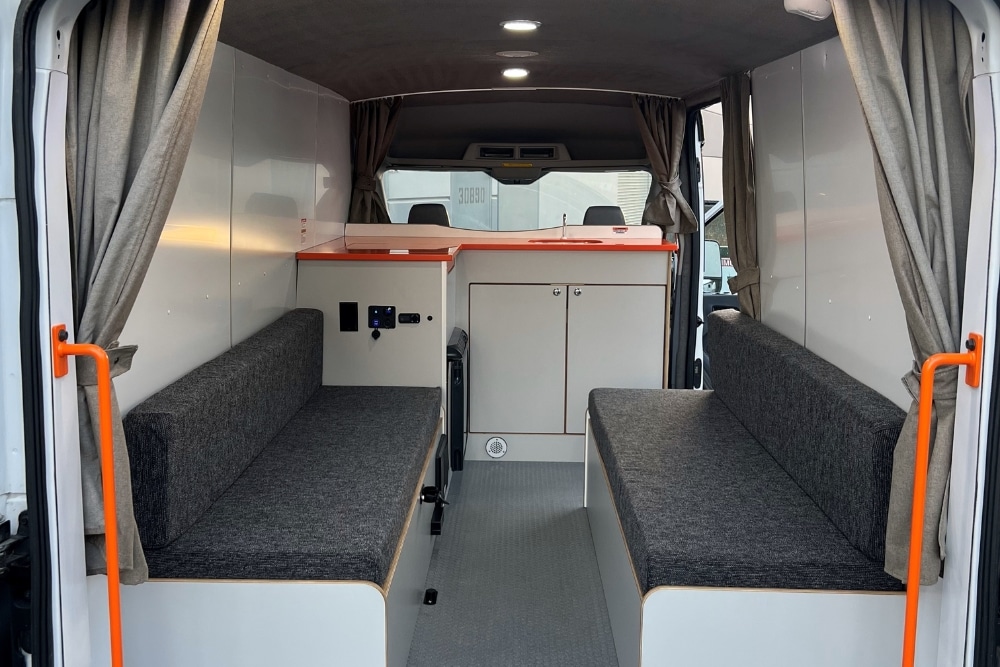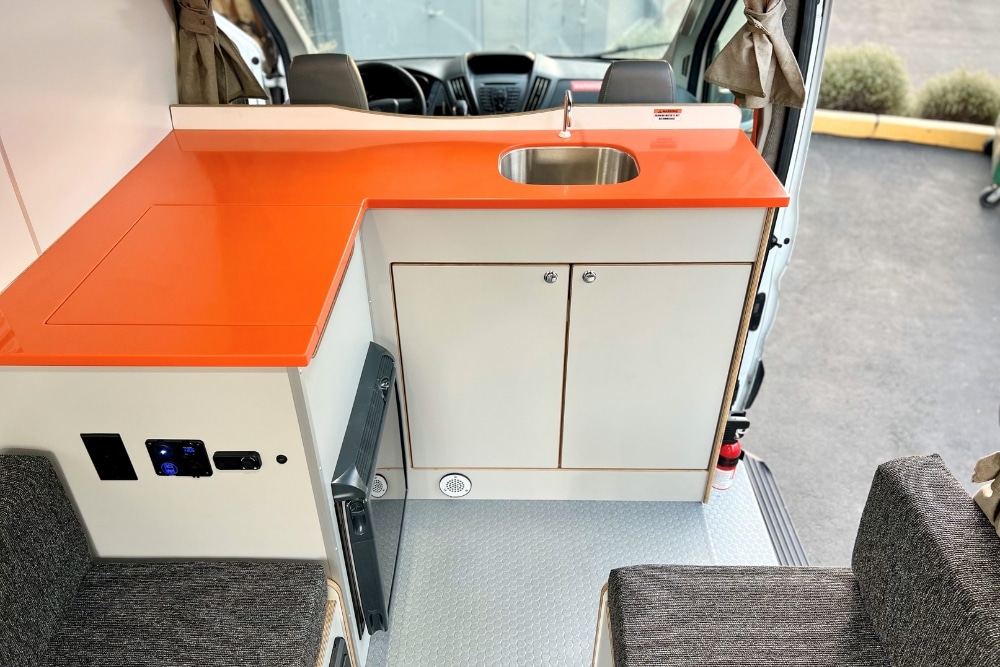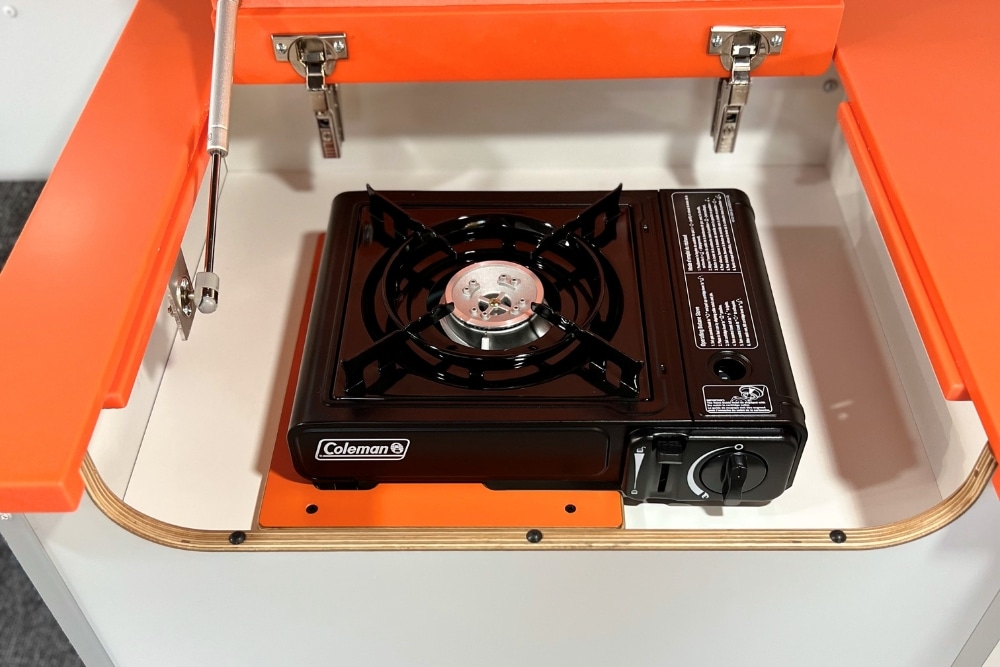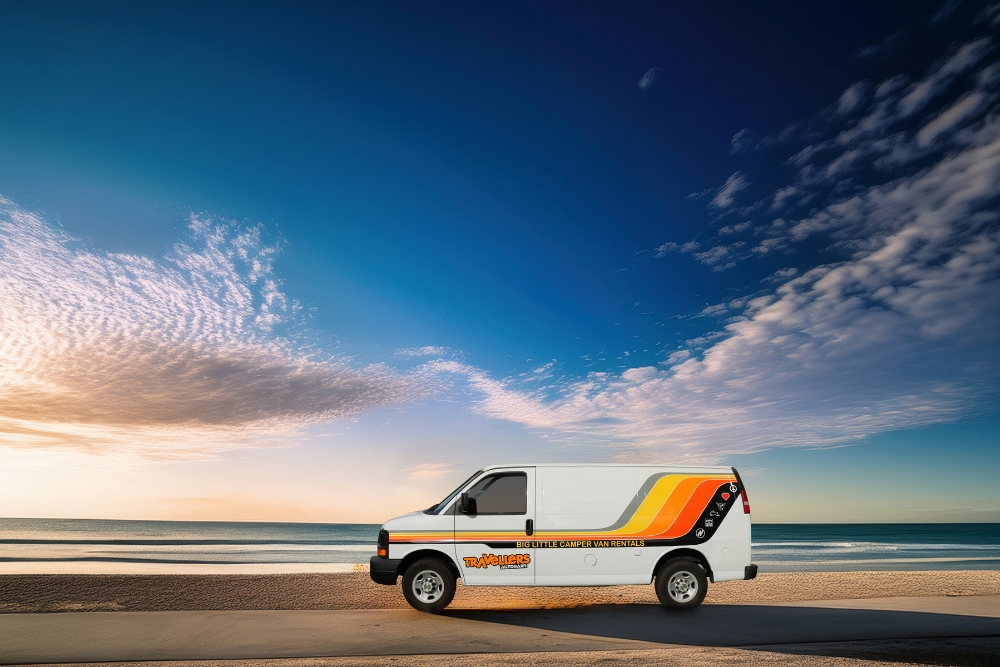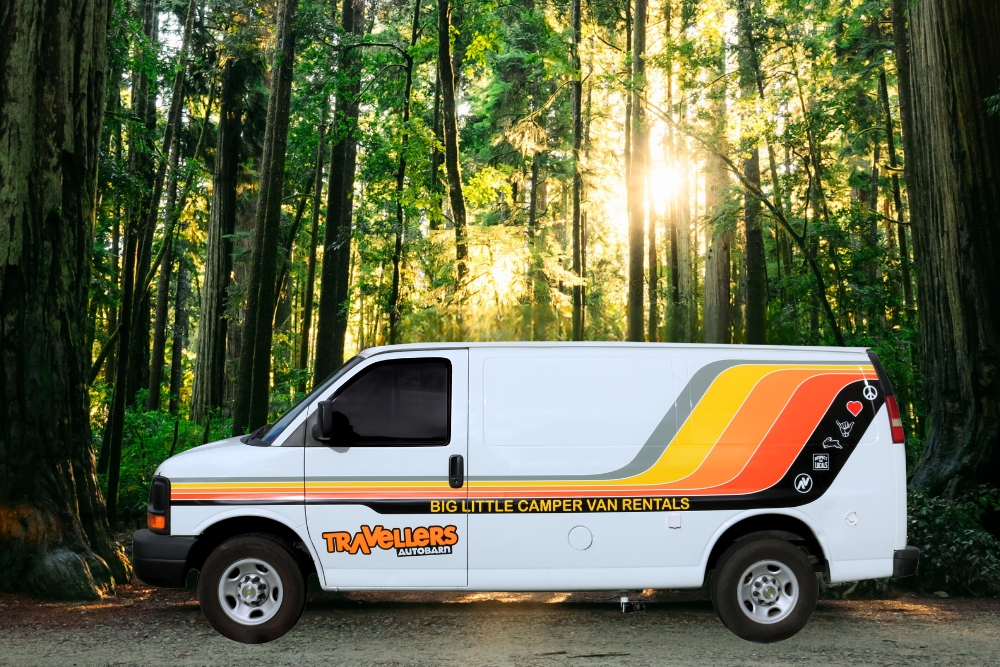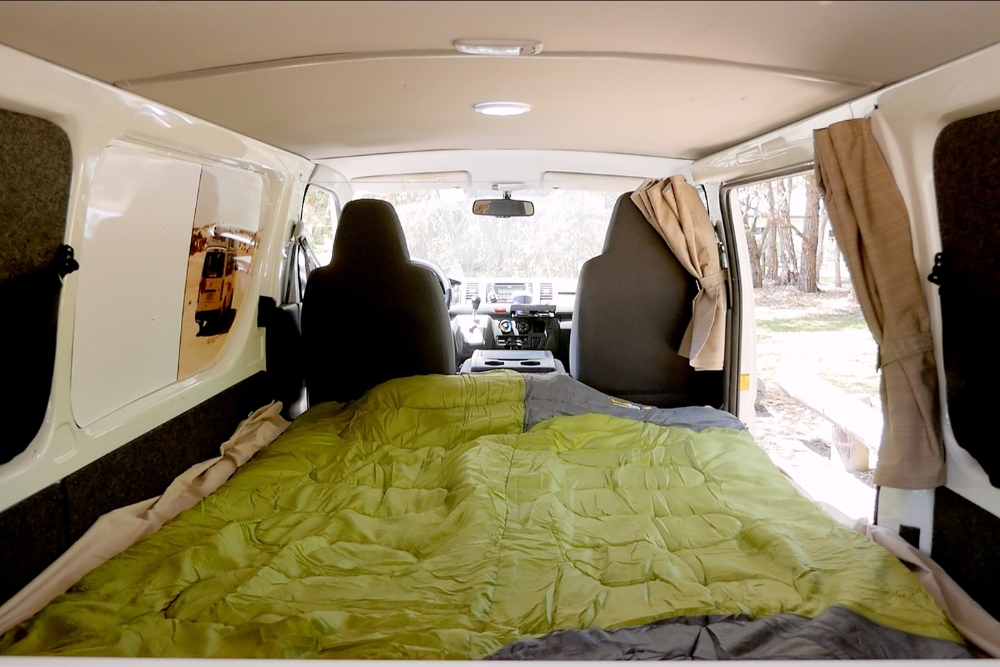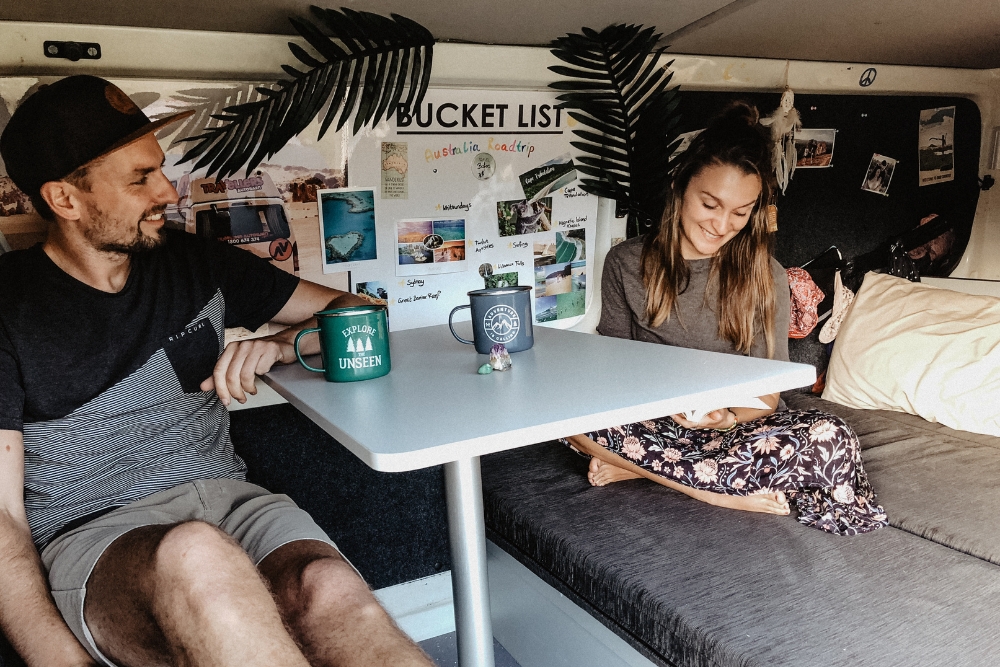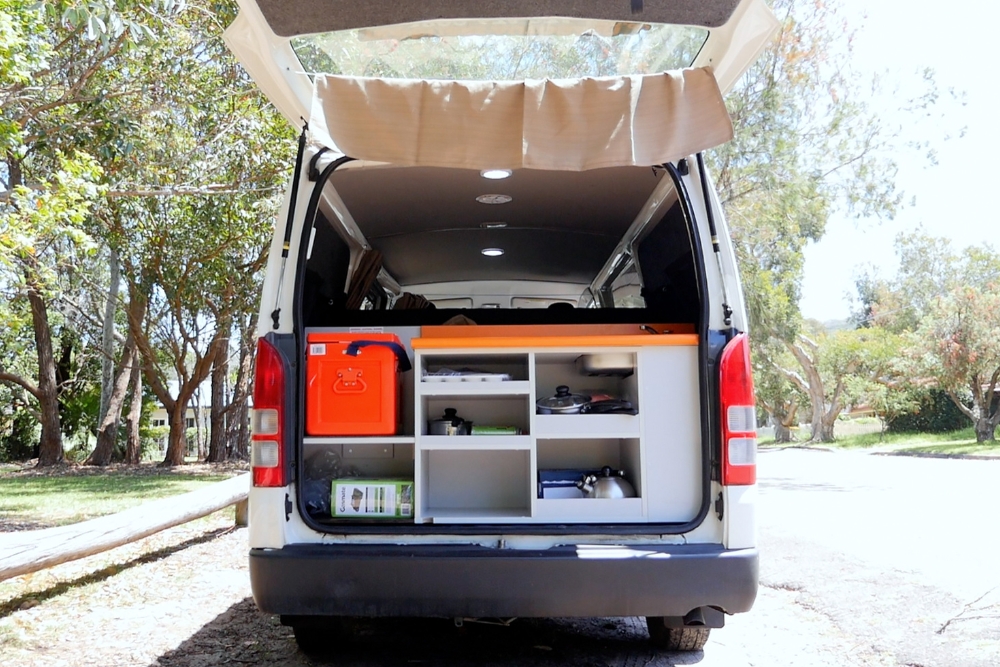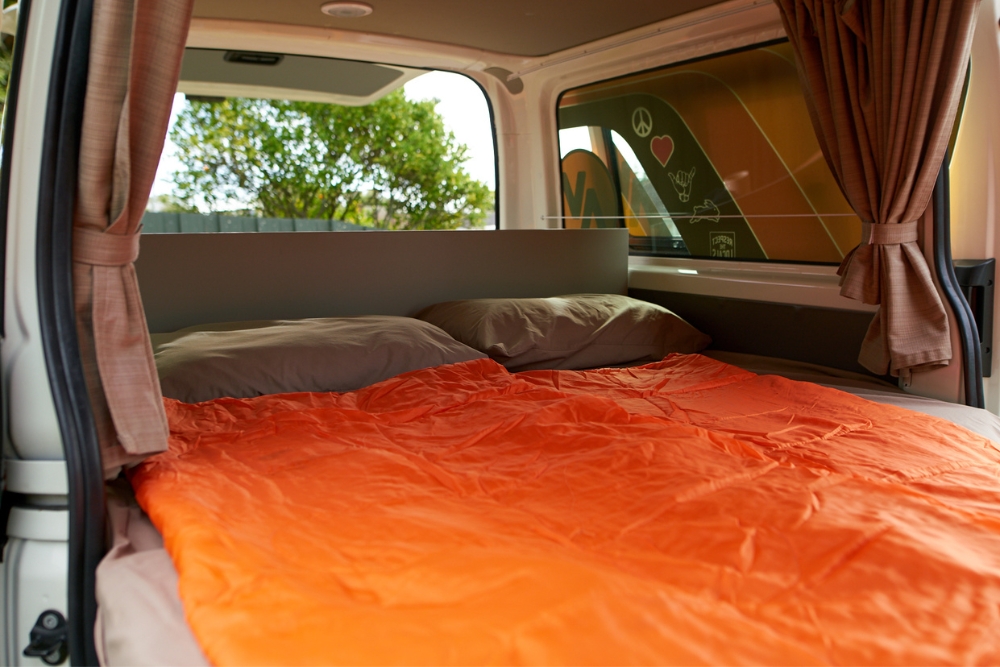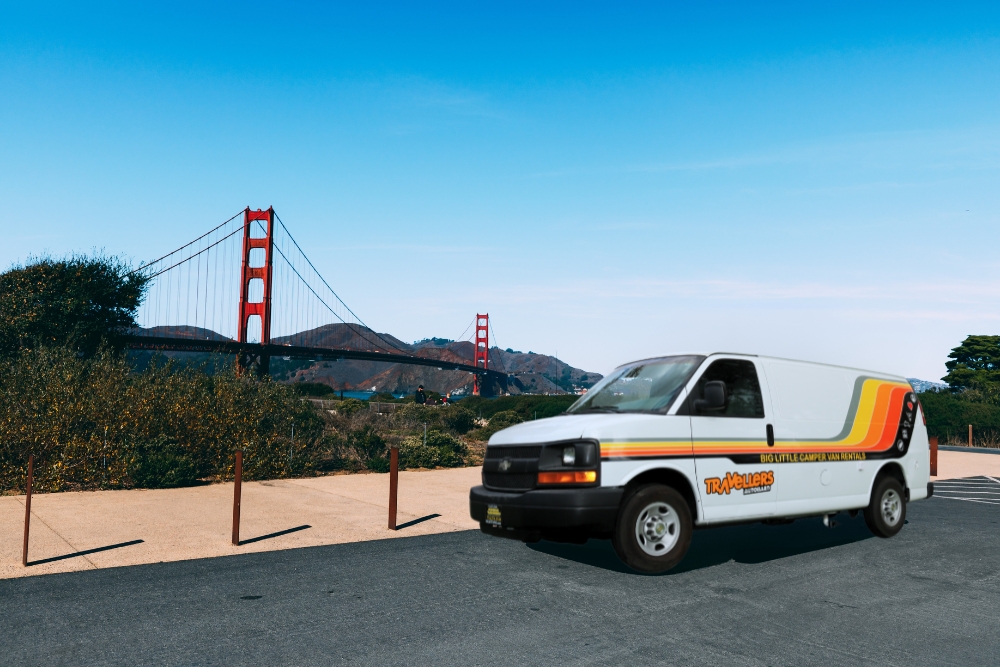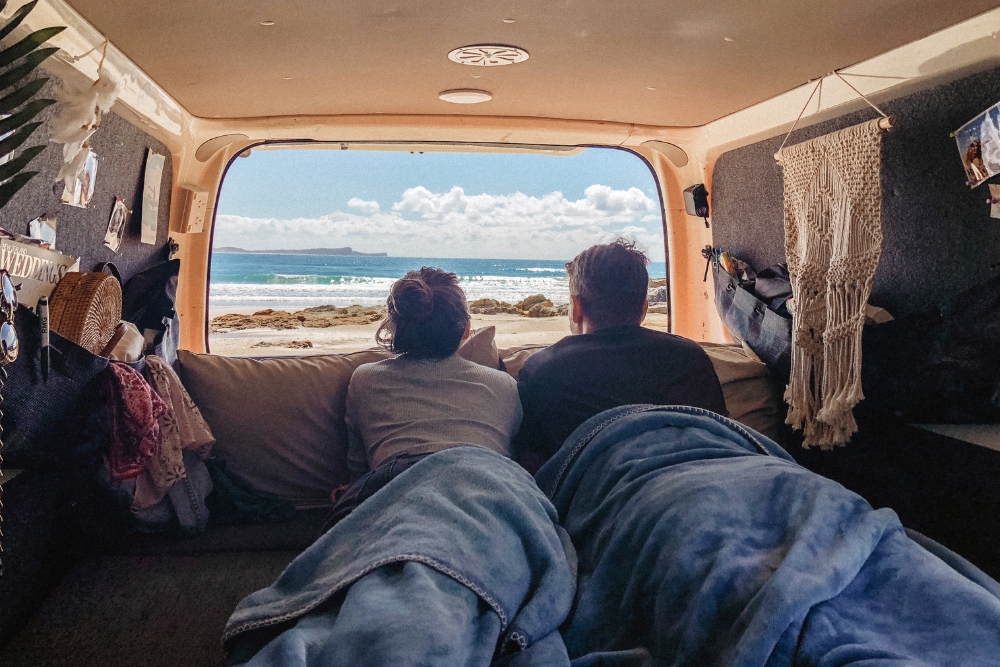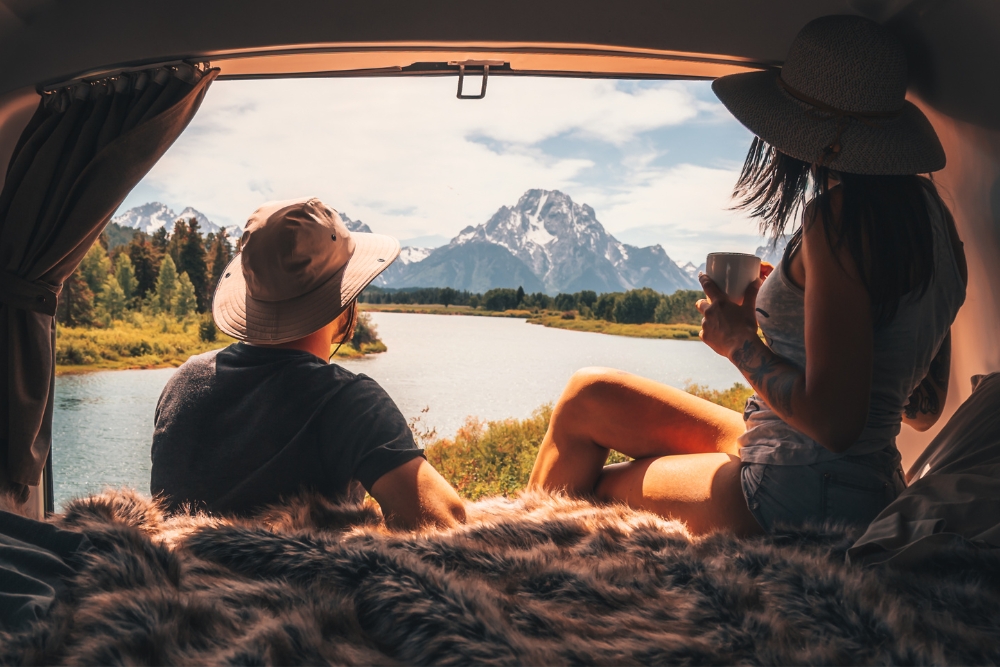Zion National Park, located in southwest Utah, is a fabulous addition to many of our favorite itineraries and has made it onto our list of the Ultimate National Parks Road Trip. Its geography is stunning, and without a doubt, it should be on everyone’s travel bucket list. Zion National Park is renowned for its striking red sandstone, varied landscape, slot canyons and a diverse array of plants and animals.
Some of the critters who call Zion home include some 70 species of mammals (including mule deer, foxes, bats, bighorn sheep, and rock squirrels). Also, there are nearly 300 species of birds, eight species of fish, and 44 species of reptiles and amphibians. Zion National Park is also a habitat for some rare species including the California condor, Mexican spotted owl, the Mojave Desert tortoise, and the Southwestern willow flycatcher.
Its predominant feature- the Zion Canyon is 15 miles long and as much as 2,640 feet (800 meters) deep with reddish-colored sandstone walls. The Virgin River, which sculpted its way through thousands of feet of Navajo sandstone, created it. The river flows to the Emerald Pools, which contain waterfalls and a mystical hanging garden.
The topography includes monolithic cliffs and high plateaus sprinkled with box elder, cottonwood, ash, and willow trees. The enormity of the canyon belies the soft and subtle nature of the fern and wildflower gardens that have grown around it. In the upper portion of the canyon is a startling gorge, often referred to as The Narrows.
Hiking the Narrows has become a phenomenon for hikers, and you can take my word for it: the Narrows is one of the most awe-striking treks you will ever experience! In this article, we’ll talk about the Narrows and what you can expect when you get there. We’ll also review how to prepare ahead of time, so you have everything you need to load up your Travellers-Autobarn converted camper van and go on your epic hiking adventure!

The Narrows 101
You can’t get to the Zion Narrows by car from February through November, so if you’re planning to visit during those months, you must travel on foot, by bike, or take the shuttle bus. Be prepared! The shuttle bus can often have long waits so plan to arrive early.
The shuttle bus offers an excellent opportunity to take in the beautiful views of the Zion Canyon Scenic Drive and preserve your energy for the hike ahead. With all the stops, the drive takes about 30-45 minutes.
Riverside Walk – 1 mile
The walk to the trailhead is about a mile long, and it goes along the Virgin River. It’s an easy trek that anyone can do and you’ll get to see some beautiful scenery along the way.
Mystery Falls – 1.5 miles
This next section is about a mile and a half long and involves wading through water. This section can be challenging as you will be walking against the current, which can be tiring. Be careful of your footing and tread lightly.
Wall Street and Orderville Canyon Confluence – 2.5 miles
About a mile upstream is the Wall Street marker. At this point, you will notice the canyon walls get much closer together, and the feeling of awe and wonder take over. It is an otherworldly feeling when you’re there. Orderville Canyon joins on the right and offers a 0.5-mile detour to Veiled Falls for those who want to check that site off their list.
Big Spring – 5 miles
From the confluence, you can go about 2.5 miles more along the Virgin River until you reach Big Spring. It’s at this point that day hikers must turn around and go back. Anyone who wants to travel further must get a permit.
In its entirety, this day hike takes about 2-4 hours depending on how fast you go and how many times you stop for breaks.
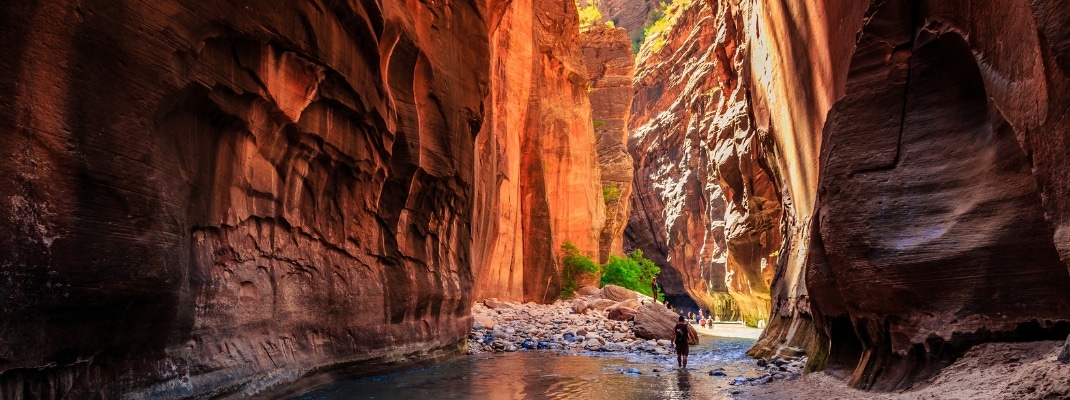
Important Factors to Remember When Hiking the Narrow
Check weather conditions beforehand. Verify that the hike is safe to do. A flash flood could prove very dangerous if it happens while you are hiking the narrows. Thunderstorms in the region are more common in the afternoon, so you want to avoid the water portion during this time. The beginning of the summer months is the best time to do this hike to avoid potentially dangerous weather conditions.
Start early. As you can tell, this hike may very well take all day. You want to make sure you have plenty of daylight to complete the hike and return safely. By starting at dawn, you’ll also be more likely to avoid the crowds.
Use the bathroom at the visitor entrance. It might shock you to find out there are no toilets on the side of a gorge! Take advantage of the nice restroom at the visitor center before you start the hike. If Mother Nature calls during the trek, there’s very little privacy so you’ll have to make do where you can.
Check the historical water levels and water flow before you schedule your trip to find out which months will be ideal. A water level below 100 CFS is typical for avid hikers, but if you plan to have children with you, or aren’t top condition, 50 CFS would be better.

What to Pack for Zion
Water. To be on the safe, pack at least 1.5 liters per person. Starting earlier in the day will also help you prevent excessive sweating that will lead to fatigue and dehydration.
Sunscreen. Packing sunscreen should be an easy decision, but just in case it’s not, we will add it to the list. And given the nature of the hike, a water-resistant sunscreen would be best.
Snacks. Things like granola bars, apples, and light lunch foods are good to bring to keep your energy levels up. Don’t overeat or eat heavy food items which will only make fatigue worse.
Dry Bag. You might as well plan to get soaked and for everything on your person to get soaked. Hopefully, it doesn’t happen, but if it does, you’ll be glad you used a dry bag to pack any electronics, camera equipment, and food.
Hiking Gear. You need proper hiking gear for this hike. If you’re an avid hiker and want to invest in equipment, you can go to any outdoor gear store and ask for help in picking out what you need. If you’d rather save some money, rental gear is available from several local outfitters in town before your trip.
Walking Stick. Seriously. With the uneven, and often slippery, footing throughout the park, a hiking stick will help you with added balance and stability as you move along. Hiking sticks often come with gear rentals, so find an option that includes one.
Moleskin. With the back and forth in the water, you may find your clothes or shoes rubbing against the skin. If you ignore it, it could make for some painful blisters. Don’t waste your time with bandaids which will probably come off immediately, use moleskin to cover inflamed skin.
Wear light clothing with long sleeves. That might seem counterintuitive, but even in the summer months, the water is freezing, and it is helpful to wear light clothing that will dry quickly and long sleeves to help you stay warm.

If you’re planning to visit Zion National Park, hiking the Narrows seeing the Temple of Sinawava is a must. It can feel intimidating, but you’ll feel far more confident at show time if you do your homework beforehand. The spectacular views and ethereal feeling of wonder you will experience are well worth the research and preparations.
So long as you take it seriously and plan/pack wisely, you’ll have an incredible trip that you’ll remember for years to come. Remember, even with the best-laid plans, Mother Nature may show up with her own plans, but you can avoid this risk by taking the time to prepare.
Enjoy your trip and share it with us when you get back!
Here are a few more articles you might find helpful.
Top 6 Zion National Park Campgrounds & RV Parks
Guide to the Best Campgrounds for Campervans in the USA
Guide to Free Camping in the USA
Ultimate National Parks Campervan Road Trip
About the Author
Bastian Graf
Bastian is the Sales & Marketing Manager here at Travellers Autobarn. He holds a Master of Commerce in Marketing and International Business Management, and 20+ years experience in campervan hire, road trips and travel.


